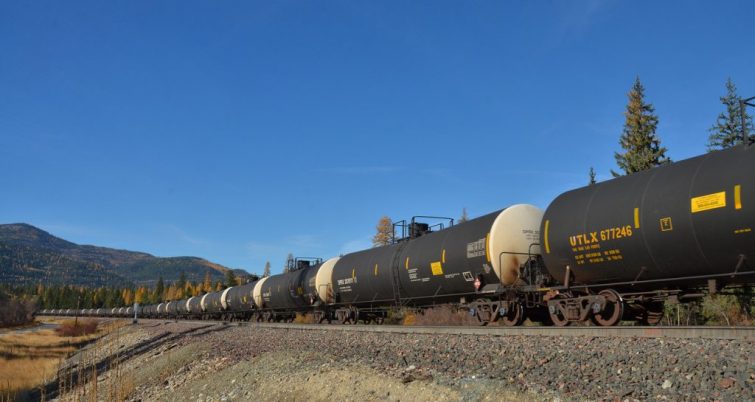New speed restrictions for trains hauling hazardous materials in Canada
Written by David C. Lester, Editor-in-Chief
After the derailment of of several trains hauling hazardous materials, namely crude oil, Canadian Minister of Transport Marc Garneau has issued new orders around the speed of these trains, which are now classified as “key trains” and “higher-risk key trains.” These types of trains are defined as follows:
- Key trains have one or more loaded tank cars of dangerous goods that are toxic by inhalation; or contain 20 or more tank cars carrying dangerous goods.
- Higher-risk key trains carry crude oil or liqueified petroleum gases in a continuous block of 20 or more tank cars or 35 or more tank cars dispersed throughout the train.
Transport Canada noted in a press release that “Following measures first put into place on February 16, 2020, in response to the derailments of trains carrying crude oil that occurred earlier this winter, the first Ministerial Order requires railway companies to maintain lower speeds in metropolitan areas for trains carrying large quantities of crude oil and liquified petroleum gas, i.e., higher-risk key trains with further mandatory speed restrictions everywhere during the winter months (November 15 to March 15).”
This Order also requires Canadian railroads to aggressively maintain the integrity and inspection of their track.
Transport Canada also noted that these new Ministerial Orders are effective immediately and will remain in effect until permanent rule changes are approved.
Source: Transport Canada press release.
More information is available at the Transport Canada website.
For the latest railroad news, please visit rtands.com





